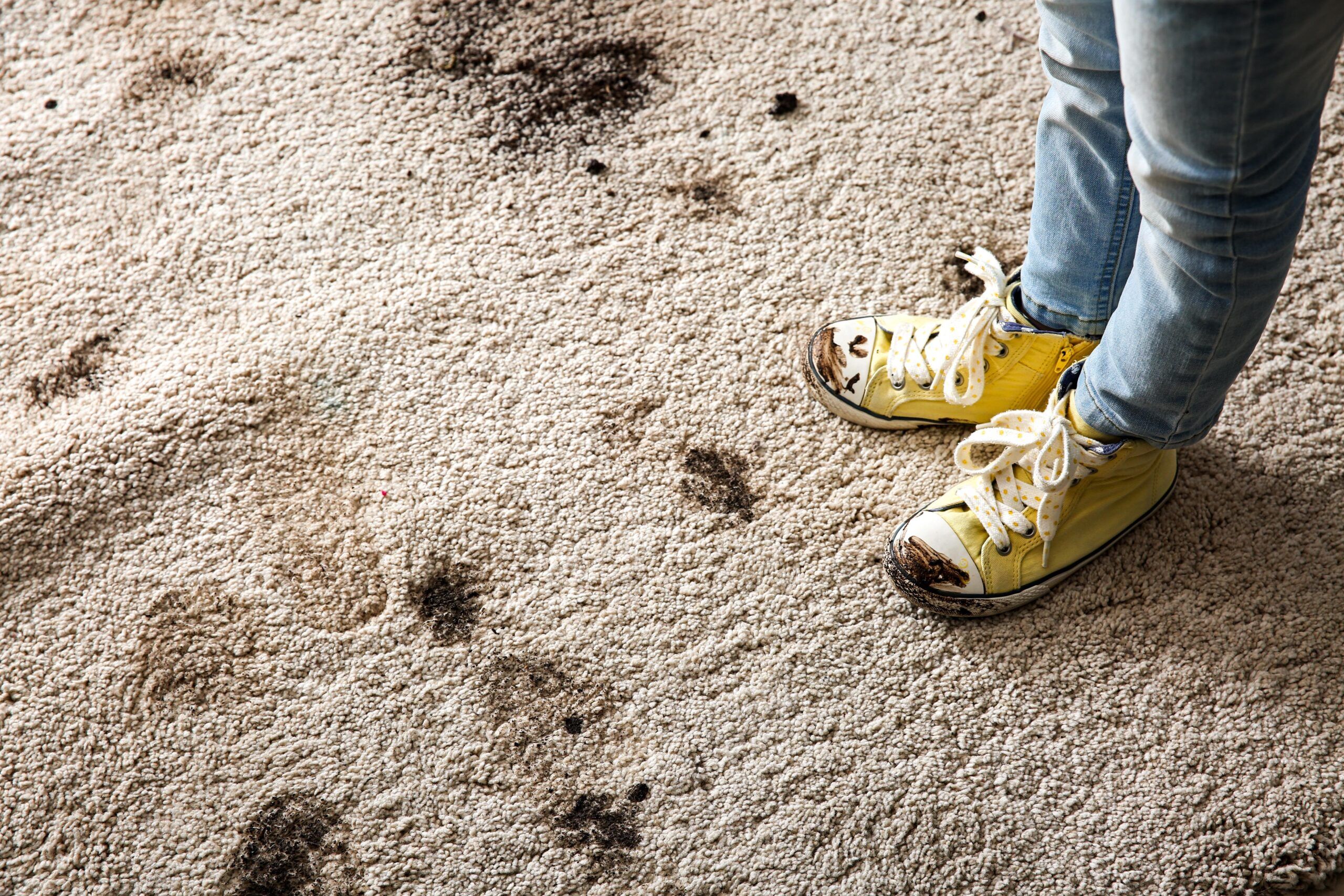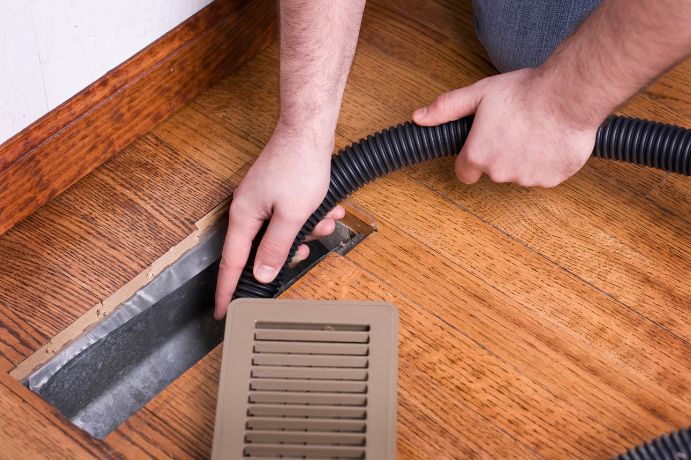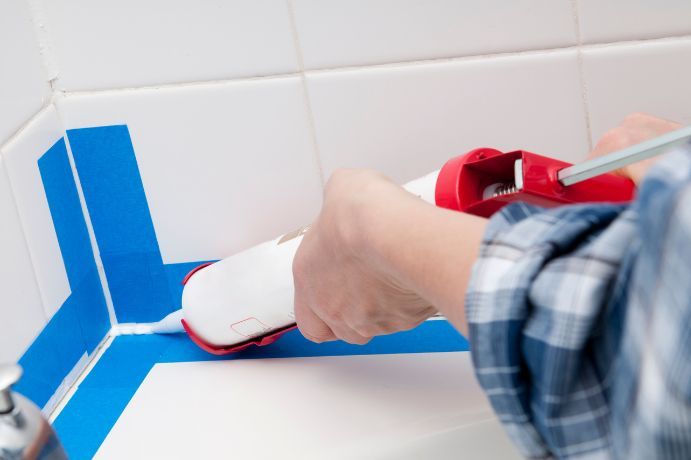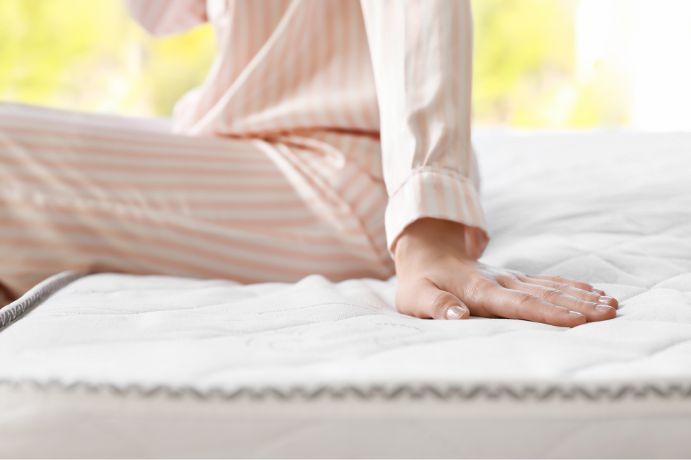Dreamland Detox: How to Clean and Care for Your Mattress

Table of Contents
ToggleUnderstanding your mattress better is key to keeping a healthy and safe sleeping environment. From proper routine maintenance including daily, weekly, and monthly tips, to spot cleaning and deep cleaning techniques to remove stains and smells, to protecting your mattress via covers, protectors, and best practices, this article will cover all you need to know when it comes to understanding the unseen and tackling mattress maintenance.
Understanding the Unseen: What Lurks in Your Mattress
Understanding the Unseen: What Lurks in Your Mattress is an important topic for those who suffer from allergies, asthma, or other lung-related illnesses. Over time, mattresses accumulate dust mites, mold, and bacteria. The buildup of these contaminants can aggravate asthma or other respiratory conditions. However, with the proper care and maintenance, these allergens can be reduced or even eliminated.
The first step to reducing an infestation of dust mites and other allergens in a mattress is to cover it with an impermeable, allergen-resistant casing. This will prevent dust mites and other particles from entering the mattress. Moreover, the mattress should be vacuumed often using a special tool designed to reach deep into the fibres. In addition, it is important to air out the mattress at least once a month to reduce the amount of humidity that leads to the growth of mold.
Furthermore, some mattresses are now manufactured using allergen-resistant materials that are designed to repel dust mites and mold. This is especially beneficial for those who suffer from allergies or asthma, as inhaling the particles from a mattress infestation can cause serious health issues. Similarly, there are also mattress pads available that can reduce allergic reactions. While these mattress covers may be expensive, they are often worth the investment for those with serious allergies or lung-related illnesses.
For instance, most mattress manufacturers and retailers provide instructions for proper care and maintenance that can help reduce the amount of allergens that may be living in your mattress. Taking the time to follow these instructions can help to reduce the symptoms of asthma and other respiratory issues. As a result, it is important to check the manufacturer’s website or ask a retailer for advice when purchasing a mattress.
Consequently, understanding the unseen dangers that lurk deeper in your mattress is essential. Taking the necessary precautions to limit the amount of allergens present in a mattress can greatly reduce your chances of experiencing a negative reaction and improve the health of those with allergies or asthma.
Routine Mattress Maintenance: Daily Weekly and Monthly Tips
Routine mattress maintenance is essential for the longevity and comfort of any mattress. Daily, weekly, and monthly mattress maintenance tips are listed below to help keep healthier sleep habits and increase the lifespan of the mattress.
At minimum, mattresses should be vacuumed once or twice a month to remove any dust, lint, and dirt particles that have settled into the mattress. Additionally, once a month it is a good idea to have the mattress sprayed with deodorizers or fresheners that can be purchased at many grocery stores. This will also help reduce dust mites and any other microscopic organisms that may be lurking in the mattress.
Furthermore, to keep the mattress as clean as possible, a mattress cover should be used when the mattress is not in use. This will act as a barrier from dirt and dust particles – and make it easier to clean away any bugs and pests that may have found their way in. Doing so, will also help to protect and extend the life of the mattress.
Moreover, regular flipping and rotating of the mattress can be a helpful way to extend the life of the mattress. It is recommended to rotate the mattress from head to toe once a month, followed by flipping the mattress over once a quarter. Doing so will ensure even wear on the mattress surface.
Finally, weekly mattress maintenance should include cleaning the mattress and bedding. This should be done with a mild detergent and water on a slightly damp cloth. Once finished, the area should be thoroughly dried to prevent excess moisture from damaging the mattress.
Consequently, following the aforementioned mattress maintenance tips will help to keep any mattress fresh and clean – and extend the life of the mattress. Regular maintenance is the key to keeping a healthy sleep environment that will lead to better quality rest.
Spot Cleaning and Deep Cleaning: Tackling Stains and Odors
Spot cleaning is the removal of fresh stains and odors, usually caused by spills or everyday use. This type of cleaning usually involves applying water, detergent, and a specific type of stain remover on the affected area and then rubbing or scrubbing the spot to remove the stain and odor. Depending on the type of surface the cleaning is done on, the spot can then be wiped off, vacuumed, or allowed to air dry.
However, sometimes spot cleaning may not be enough to get rid of the stain or odor. In this case, deep cleaning is necessary. Deep cleaning requires the use of professional tools and a deeper knowledge of cleaning techniques. The cleaning process usually begins with a thorough vacuuming of the stain followed by a steam cleaning and stain remover treatment. Once the stain has been treated, a heavy-duty cleaning solution is applied and left to dry. After it has dried, the remaining residue is then vacuumed away.
Moreover, deep cleaning may also require the use of specialized equipment such as deodorizers, ozone machines, and power scrubbers. Additionally, sometimes odors and stains can be so severe that they require more specialized methods such as pressure washing, sanding, or other chemical treatments.
On the other hand, there are also some techniques that can be used for spot cleaning that do not require the use of professional tools or treatments. For instance, a mixture of half-cup vinegar and half-cup hot water can be used to deodorize carpets and rugs. Additionally, a mixture of one part oxygen bleach to four parts of hot water is effective in removing some stubborn stains.
In addition, regardless of the type of cleaning performed, it is important to make sure that the affected area is completely dry and free of bacteria or dirt. Similarly, household items like baking soda and white vinegar can be used to naturally break down odors and stains as well as disinfect the area.
As a result, it is important to know the different ways to tackle stains and odors with both deep and spot cleaning in order to maintain a clean and hygienic home. Furthermore, depending on the severity of the stain and odor it may be necessary to call on professional help in order to attain the desired results.
Consequently, it is essential to understand that tackling stains and odors can be a laborious process and that cleanliness of a home requires dedication to ensure the best possible results.
Protecting Your Mattress: Covers Protectors and Best Practices
Protecting Your Mattress: Covers, Protectors and Best Practices is an important topic as mattresses are investments and need to be taken care of in order to get the full lifespan and most comfort out of them. In order to ensure the mattress is kept in optimal condition, there are a few important steps that should be taken.
Firstly, mattress covers and protectors are very important. These covers and protectors prevent any dirt, dust, and spills from damaging the mattress and will keep it looking and feeling new for a long time. It is also important to use a mattress protector on top as this will act as a barrier between the mattress and any liquid that might get on it.
Moreover, while covers and protectors are essential, getting into the habit of regularly cleaning the mattress is also recommended. Vacuuming is the best option for mattress cleaning, as this will effectively remove any dirt and dust. Additionally, wiping down the surface with a damp cloth can take out any stains on the top of the mattress.
In addition, there are a few things that should not be done to the mattress while cleaning as this can damage it. People should avoid using any type of soap, detergent, or bleach on the mattress, as these chemicals can damage the material. Additionally, steam cleaning is also not recommended as it can cause moisture to get trapped inside the mattress which may lead to mold.
Furthermore, additionally helping the mattress keep its shape is essential. Flipping and rotating the mattress whenever you clean it ensures the mattress stays in the proper position. This way, the mattress will not wear down unevenly and will stay in better condition for a longer period of time.
Consequently, by taking these steps, people can get the most out of their mattress investment while also ensuring it is kept in the best condition as possible. Applying the tips mentioned here will ensure that the mattress has a long and healthy life.
Conclusion
In conclusion, it is extremely important to understand the unseen elements that can lurk in a mattress, and to implement routine mattress maintenance in order to keep it as clean and healthy as possible. This includes daily, weekly, and monthly maintenance tips such as vacuuming and spot cleaning, as well as regular deep cleaning to keep mattresses free of dust, dirt, and odors. Additionally, using covers and protectors is essential to safeguard the mattress from damage caused by drinks, pet accidents, and heavy wear and tear. The combination of understanding the unseen elements and regular cleaning and protecting maintains a safe and healthy mattress that can be used for many years to come.
Frequently Asked Questions
How often should I deep clean my mattress?
It is recommended to deep clean your mattress at least once a year. You may want to do a deep clean more often if you have allergies or asthma, or if you notice an increase in dust or other allergens.
Can I use regular household cleaners on my mattress?
No, you should not use regular household cleaners on your mattress. Household cleaners are meant to clean surfaces like floors, walls, and fabrics, and the chemicals can cause damage to the mattress and its materials. Use a mattress-specific cleaner to keep your mattress in optimal condition.
How long should I wait after cleaning before sleeping on my mattress?
It is recommended to wait at least 24 hours after cleaning before sleeping on your mattress. This gives the mattress time to fully dry and allows the cleaning products to dissipate, ensuring a safe environment for rest.
Are mattress protectors worth the investment?
Yes, mattress protectors are worth the investment! They provide protection from allergens, dust mites, spills, sweat, and other contaminants that can shorten the life of your mattress and lead to the accumulation of dirt and bacteria. A mattress protector also helps extend the life of your mattress by protecting it from wear and tear.
Other Blogs You May Be Interested In
Categories











Leave a Reply